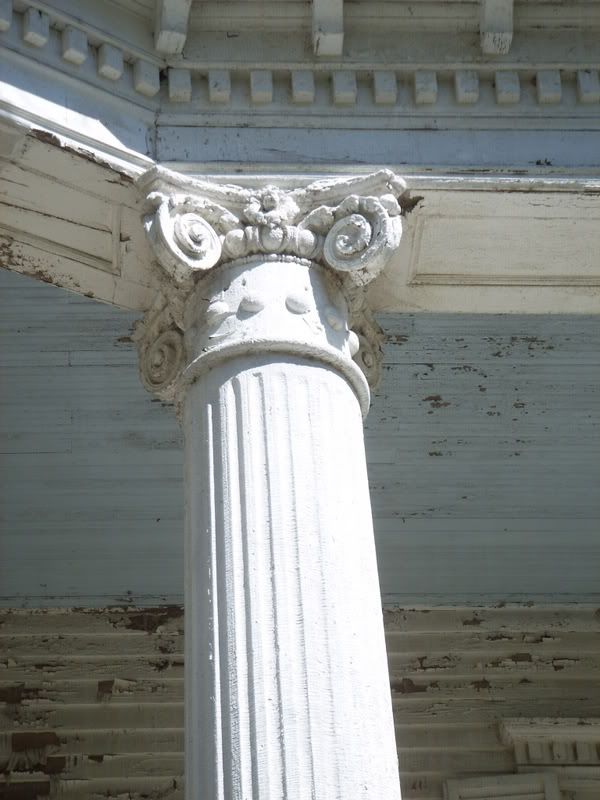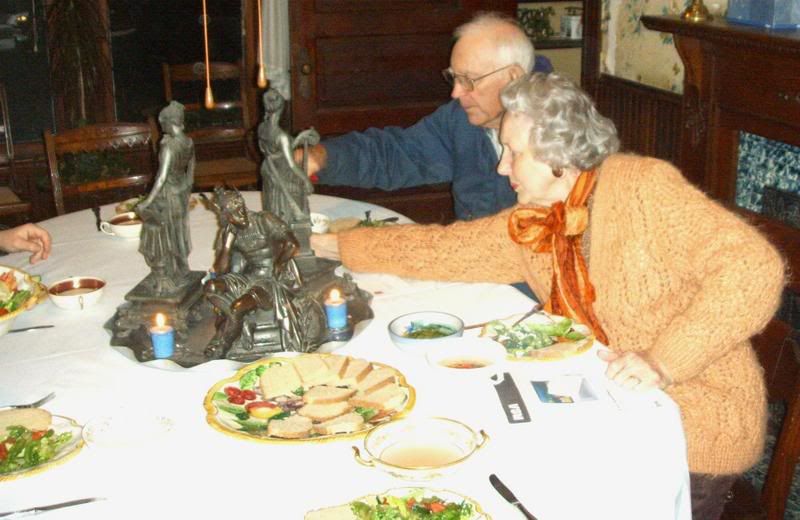Here’s something that didn’t make it into the newsletter, but should have. Last fall, for her history unit study, Serena studied ancient Greece. Being someone partial to cooking, she chose as her end-of-unit project a Greek feast, along with a written report on food and feasting in Ancient Greece. The food was very interesting: Pork cooked with celery, in egg and lemon sauce; fish with feta cheese, summer salad, baked apples and leeks, farmer’s bread, and baklava made from an ancient recipe that included a sweetener made from grape syrup and wood ashes!
But we haven’t yet gotten to the subject line of this post (look at it again). I have always seemed to be able to find, whatever subject we were studying, something lying around in this “museum” to enhance our study, act as a prop, or decorate for a dramatization. When we studied birds, it was Bommy’s copy of an Audubon book of color plates. For the Medieval feast, it was an awesome set of brass candelabras for our table. When we studied the times of Mohammed and the Muslim conquest, there was an English translation of Omar Khayyam’s Rubaiyat, which we were to read selections from to illustrate Arabic poetry. For early American history, we found arrowheads, Indian stone implements, and a musket. This list could go on and on! However, I was speaking about a certain Greek feast. Where else could you find ionic columns on the front porch, Grecian-style bronzes in the attic to decorate your table, and small ceramic bowls shaped like the Greek krater that we used for drinking bowls?



